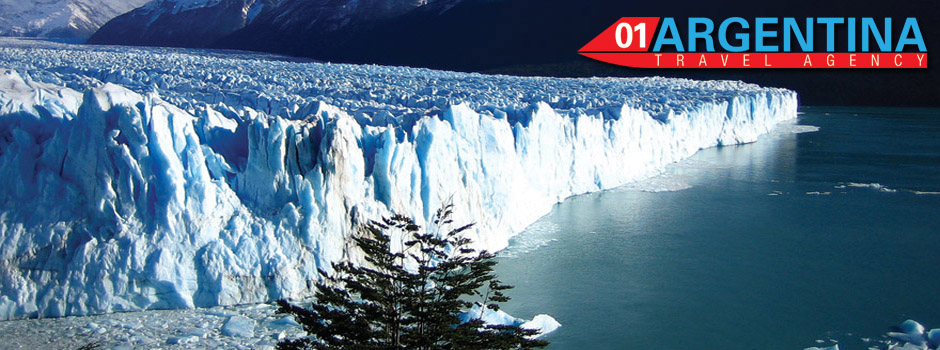Argentina has splendid destinations for tourism in all its facets. Proof of this are its cities facing the Río de la Plata and Paraná, its long Atlantic coastline, its vast Patagonia, the southern territories of Tierra del Fuego and its beautiful natural spaces and towns in the foothills and mountains.
Join us on this tour of the best tourist places in Argentina.
Plaza de Mayo (Buenos Aires)
This emblematic Buenos Aires square should be among the first tourist destinations to visit on a trip to Argentina.
It is located on the site where the conqueror Juan de Garay founded the City of Trinidad, current Buenos Aires, in 1580, and since then it has been the scene of the most momentous events in the nation.
Three of the most important avenues in Buenos Aires (Presidente Roque Sáenz Peña, Presidente Julio A. Roca and Avenida de Mayo) start in the square.
In its surroundings there are symbolic buildings, such as the Metropolitan Cathedral, the Casa Rosada (seat of the national government), the old Cabildo and the city government building.
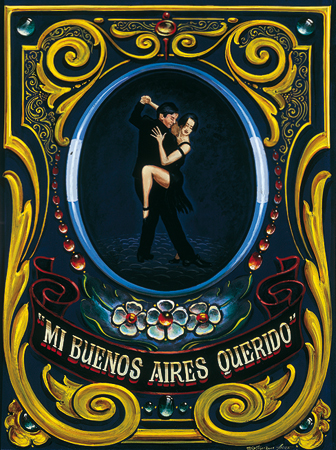
In the center of the square is the May Pyramid, the city’s first national monument, built in 1811, although the current one was built in 1856 on the foundations of the original.
It stands 18.8 meters high and is crowned by the Sculpture of Liberty, the work of the French artist Joseph Dubourdieu.
The Plaza de Mayo was the site of executions by hanging, dismemberment and shooting and also the first arena for bullfighting in the city.
National Park Iguazu:
It is an area that was protected in 1934 with the aim of preserving the Iguazú Falls, one of the most impressive natural spaces in the country.
The Iguazu falls are located on the border between Argentina and Brazil and were selected as one of the New Seven Natural Wonders of the World. The most important tourist activities in the park are the observation of the waterfalls and the tours through the jungle to appreciate its fauna and flora.
From the waterfalls viewing walkways it is possible to see coatis, toucans and harpy eagles. Inside the jungle live jaguars, tapirs, ocelots, jaguarundís, anteaters, tamanduas and alligators.
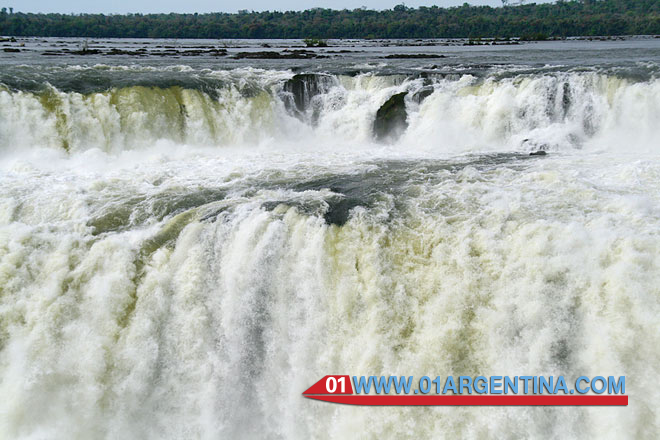
The falls are formed by the Iguazú River, a stream that originates in the Brazilian mountain system of Serra do Mar and empties into the Paraná River. There are 275 waterfalls of incredible beauty, of which 80% are in Argentine territory, in the province of Misiones.
The most impressive is the Devil’s Throat, 80 meters high, located exactly on the border line between the two countries.
Los Glaciares National Park:
With an area of 727,000 hectares, this national park in the province of Santa Cruz is the largest in the country and one of the most beautiful. It is home to symbolic attractions such as the Perito Moreno glacier and Lake Argentino.
Francisco Pascasio Moreno was an Argentine scientist and explorer who at the end of the 19th and early 20th centuries worked as an expert in the delimitation of areas between Argentina and Chile and was the promoter of the idea of creating national parks in his country.
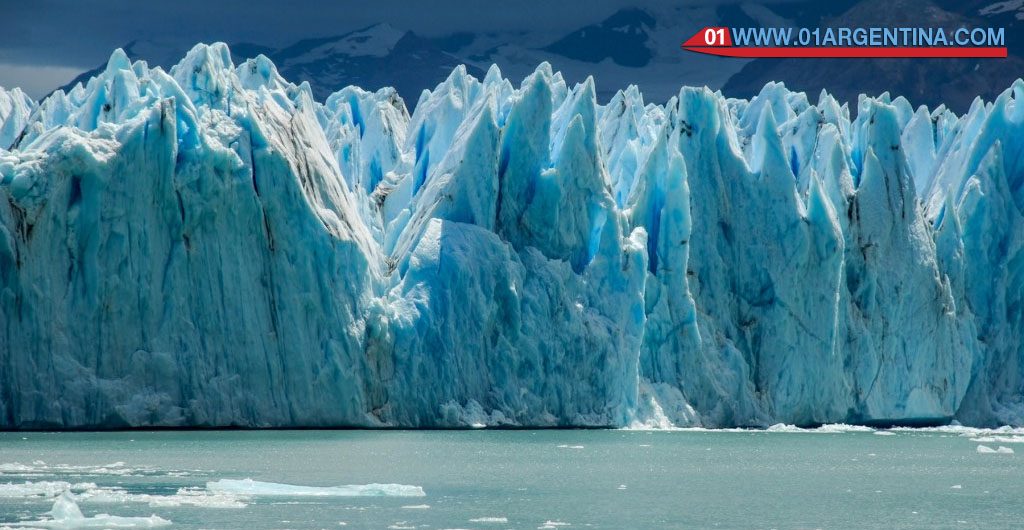
The glacier that bears his name is the most impressive in Argentina. It has a length of 5 km and a height above the water of 60 meters. The ice collapses are an overwhelming spectacle that captivates Argentines and tourists from all over the world.
The Perito Moreno and other glaciers in the park deliver their enormous masses of ice to Lake Argentino, the largest in the country, with an area of 1,415 km2. It has sections of 500 meters deep, which makes it one of the deepest in the world.
Mendoza:
This welcoming Argentine city, located on a plain near the Andes mountain range, is called the International Capital of Wine for its powerful wine industry, the largest in Argentina.
It is the capital of the province of Mendoza and a large group of Spanish, Italian, French, German, Jewish and Arab immigrants participated in its development. All of them helped it to become a cosmopolitan city with an intense cultural life. It is currently one of the main Argentine tourist centers.
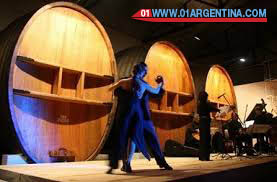
The excellent Mendoza wines are the presentation letter of the city. The National Harvest Festival takes place between the last Sunday in February and the first Friday in March, in the summer of the Southern Hemisphere, and the grape harvest is celebrated with festivals and events in all cultural aspects.
In 2011, National Geeographic defined this festival as the second largest in the world of its kind.
Mendoza was devastated by an earthquake in 1861 and most of its architectural sites date from after that date. The city has a dense network of museums and art galleries.
Ushuaia
If you want to know the southernmost city on the planet, you must go to Ushuaia, an Argentine town of 60,000 inhabitants located at almost 55 ° South latitude. The capital of the province of Tierra del Fuego is the Argentine town closest to the Pacific Ocean.

The port of Ushuaia is the second most important in Argentina and has an intense traffic of commercial and tourist ships. Ushuaia is the gateway to Antarctica and annually about 400 cruise ships dock at its port with people who go to this ice continent and the Falkland Islands.
The city is 3,095 km south of Buenos Aires and its land communication with the rest of the country is by National Route 3. The Malvinas Argentinas International Airport, located 5 km from Ushuaia, has a traffic of 800,000 passengers per year.
The main tourist attractions of Ushuaia are its winter centers, where alpine and cross-country skiing, sledding, snowboarding, snowmobile rides and other winter sports are practiced.
